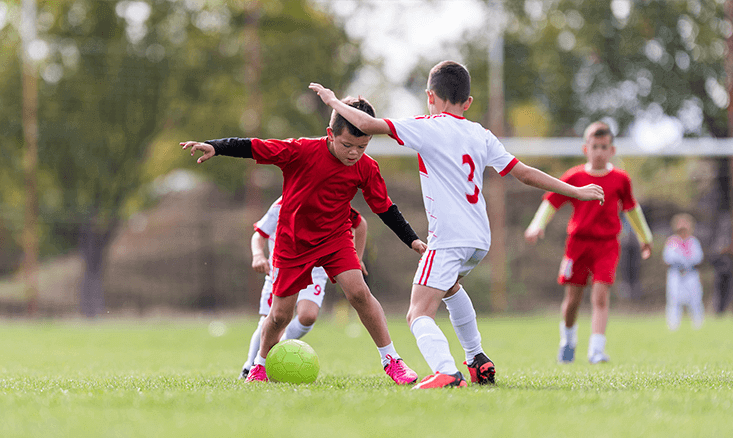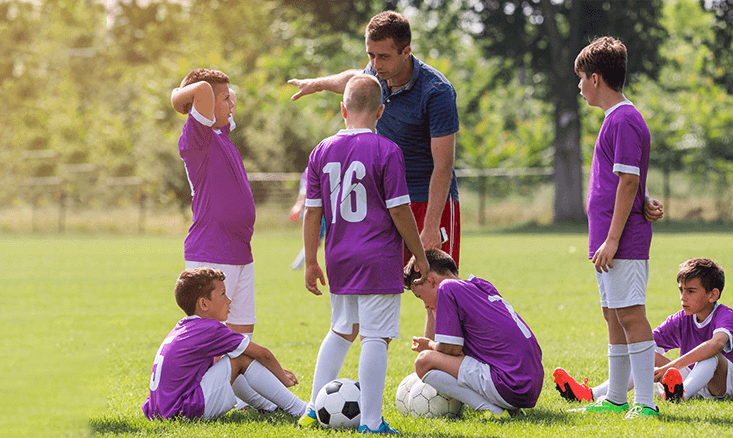CRFC BLOGS
LATEST BLOGS & NEWSLETTERS
Evaluating the Scale: The Allure of Large Clubs
vs. the Realistic Promise of Smaller Soccer Programs

The Allure of Big Clubs
The Scale of Decision: Exposure vs. Development

A Closer Look at What Small Clubs Offer
More individual attention
Higher chances of meaningful play
Development of personal and athletic skills

Weighing the Block of Big Club Promises
When placing big club promises on the scale, it’s vital to weigh them critically. The perceived advantages of high exposure need to be balanced against the actual benefits of personalized soccer skills development. Parents and players need to question:
- Is the promise of exposure realistic for my child, considering the intense competition within big clubs?
- Will my child receive the individual attention and playtime necessary to truly develop as a player?
- Are the values and environment of the club conducive to nurturing not just a player’s talent, but also their character and joy for the game?
As families consider their options, it’s crucial to recognize that smaller clubs can provide a more nurturing and development-focused environment. These clubs are often better suited to help young players reach their full potential, both on and off the field, by emphasizing personalized development over elusive promises of exposure.

Conclusion
The decision to choose a soccer club should carefully consider the weight of genuine development opportunities against the often overstated promises of exposure. By understanding the real value offered by smaller clubs, families can make a more informed, balanced decision that places developmental and personal growth at the forefront of their choice. This careful evaluation of large vs small soccer clubs will highlight the true soccer club benefits that align with your child’s needs, prioritizing soccer club development and genuine soccer player development over the allure of broad but often unrealistic exposure. This thoughtful approach underscores the importance of soccer exposure vs development, ensuring that your child’s journey in soccer is enriching and fulfilling.
FAQs
What is the central idea of soccer?
How to create a soccer training program?
What is the training model in soccer?
How to plan a soccer session?
What is power training in soccer?

Did you find this useful?


